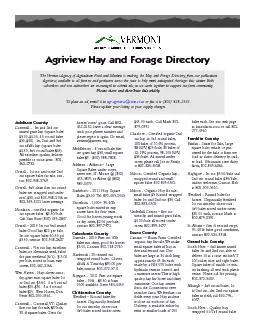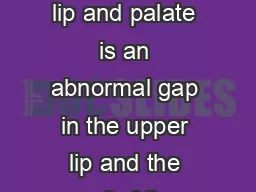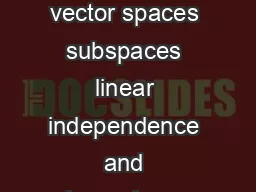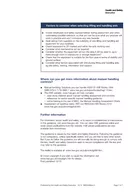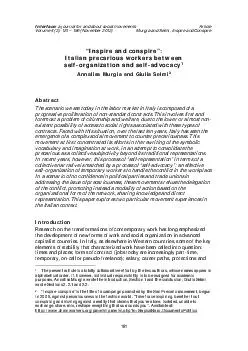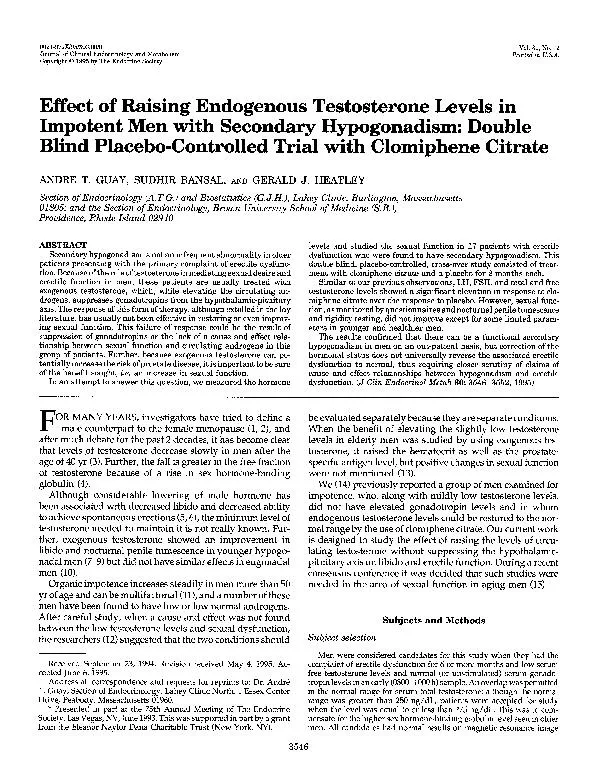PPT-RB and RQ shunted
Author : marina-yarberry | Published Date : 2016-12-19
BusBar current carrying capacities Daniel Molnar 1 Physical description Joule heating is implemented Also magnetic effects are taken into consideration SFF Self
Presentation Embed Code
Download Presentation
Download Presentation The PPT/PDF document "RB and RQ shunted" is the property of its rightful owner. Permission is granted to download and print the materials on this website for personal, non-commercial use only, and to display it on your personal computer provided you do not modify the materials and that you retain all copyright notices contained in the materials. By downloading content from our website, you accept the terms of this agreement.
RB and RQ shunted: Transcript
Download Rules Of Document
"RB and RQ shunted"The content belongs to its owner. You may download and print it for personal use, without modification, and keep all copyright notices. By downloading, you agree to these terms.
Related Documents


